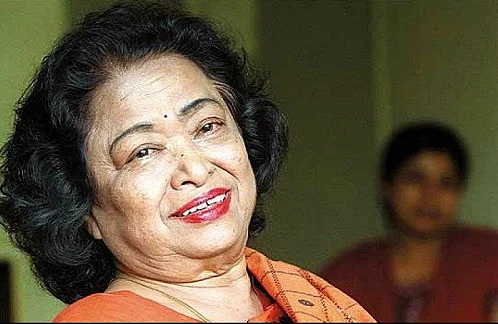Srinivasa Ramanujan, was one of the worlds' greatest mathematical geniuses. He made substantial contributions to the analytical theory of numbers and worked on elliptic functions, continued fractions, and infinite series.
The great mathematician was born in his grandmother's house in Erode, a small village about 400 km southwest of Madras (now Chennai) on 22 December 1887.
According to the university of St. Andrews, Scotland, Ramanujan was nearly five years old when he entered the primary school in Kumbakonam.
Later at the Town High School, Ramanujan did well in all his school subjects and showed himself as an able all round scholar. In 1900 he began to work on his own on mathematics summing geometric and arithmetic series.
It was in the Town High School that Ramanujan came across a mathematics book by G S Carr called 'Synopsis of elementary results in pure mathematics.' This book, with its very concise style, allowed Ramanujan to teach himself mathematics.
The book contained theorems, formulae and short proofs. It also contained an index to papers on pure mathematics which had been published in the European Journals of Learned Societies during the first half of the 19th century.
Ramanujan once met deputy collector V. Ramaswamy Aiyer, who founded the Indian Mathematical Society. Wishing for a job at the revenue department where Aiyer worked, Ramanujan showed him his mathematics notebooks. As Aiyer later recalled, "I was struck by the extraordinary mathematical results contained in the notebooks. I had no mind to smother his genius by an appointment in the lowest rungs of the revenue department."
Ramanujan initially developed his own mathematical research in isolation. According to Hans Eysenck, "he tried to interest the leading professional mathematicians in his work, but failed for the most part. What he had to show them was too novel, too unfamiliar, and additionally presented in unusual ways; they could not be bothered".
Seeking mathematicians who could better understand his work, in 1913 he began a postal correspondence with the English mathematician G. H. Hardy at the University of Cambridge, England.
Recognising Ramanujan's work as extraordinary, Hardy arranged for him to travel to Cambridge. In his notes, Hardy commented that Ramanujan had produced groundbreaking new theorems, including some that "defeated me completely, I had never seen anything in the least like them before", and some recently proven but highly advanced results.
During his short life, Ramanujan independently compiled nearly 3,900 results (mostly identities and equations).
Many were completely novel; his original and highly unconventional results, such as the Ramanujan prime, the Ramanujan theta function, partition formulae and mock theta functions, have opened entire new areas of work and inspired a vast amount of further research. Of his thousands of results, all but a dozen or two have now been proven correct.
Ramanujan returned to India in 1919, However his health was very poor and, despite medical treatment, he died on April 26, 1920 at the age of 32.










